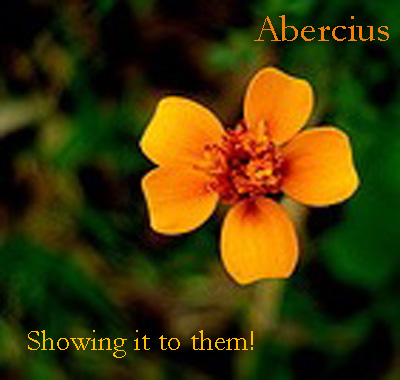 HEROES magazine
HEROES magazine
Nov., 2007
hublot replica
hublot big bang replica
rolex replica
breitling replica
fake breitling
omega replica
replica watches
swiss replica watches
fake watches
gucci replica
rolex replique
replique breitling
replique omega
replique hublot big bang
montre replique tag heuer
montre replique
‘McGil,’ 240 pages, Dark Horse
A REVIEW by Ric Moore
The ‘Epic of Gilgamesh’ as a Western? In graphic novel format? How could such a great idea go so wrong? It’s not difficult to understand when you see the writing credit. W. Jeff Bishop hasn’t done much right in the comic book world since his genre-pushing glory days of ‘End of Ism.’ That early-90s heyday of top-rack status and massive pre-orders is far behind him, now, however and, by the looks of this latest jaunt, Bishop is getting no closer to finding his lost muse.
The graphic novel’s story begins in the desert, which is an appropriate metaphor for the work as a whole. McGil, an Irish gunslinger, searches for his lost kinsman, Inkidiyu, who is a Cherokee shaman in this version of the overworked Biblical-era tale. Latent homo-eroticism abounds, but that is not the problem (actually it is the one aspect of this jumbled tale that actually works). Right from the start, Bishop sandbags what should be a simple tale of love and loss with unnecessary and inflated “hero’s journey” underpinnings that render what should be a sublime tale of self-discovery into a stilted, pretentious mess. (Bishop, please take note: Joseph Campbell died in 1987. Let his Jungian-crazed psychobabble die with him.)
The story, such as it is, involves McGil reluctantly coming to the aid of some vaguely ethnic villagers, who are being terrorized by a “tree troll” who calls himself “Humbaba.” The names are different, but this is the same plot we’ve seen re-hashed again and again in everything from “Seven Samurai” to “A Bug’s Life.” I don’t even have to go into the particulars because you KNOW where this is going.
There are moments where the work dances around profundity — for instance when McGil visits the sprite with the lost Incan treasure on the edge of the desert — but Bishop can’t seem to be honest with himself when it comes to issues of mortality. It’s almost as if he can look into the abyss, creep up to its edge, but then think of nothing better to do than to spit. For $39.95, I expect more. From the writer of “End of Ism,” an incontrovertible turning point in the medium, we have every right to demand it.
But Bishop, like his protagonist, remains lost in his own creative desert. Like McGil, he’s shooting blanks in the darkness. And even the magnificent art of Bob Goodall, who has never been better than he is here, cannot make up for what is so sorely lacking in this, mankind’s oldest story.
As a former fan, I hope Bishop finds that lost muse again. But he hasn’t done so in this particular work. And with each passing attempt, I’m less optimistic that he ever will.
Wherever your bliss may be, you certainly won’t find it here.
Two stars (out of six)
RM






 HEROES magazine
HEROES magazine